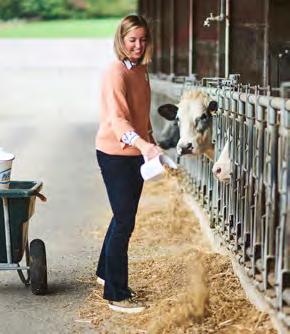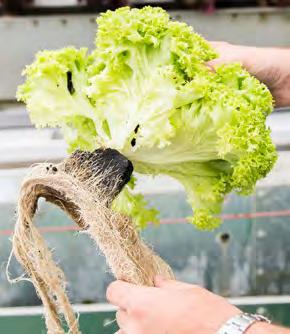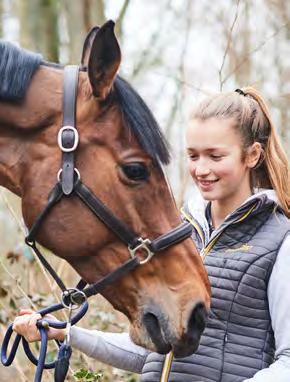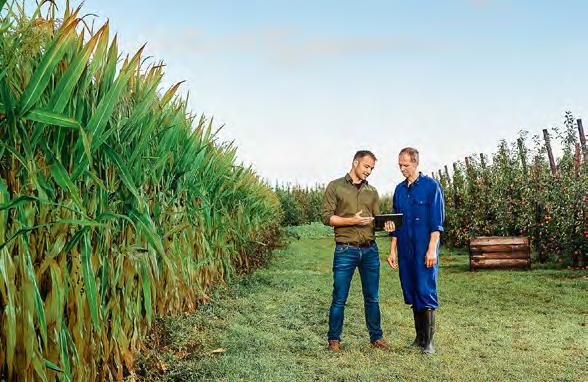
1 minute read
OUR 36 COMMITMENTS AND SOME HIGHLIGHTS
Pillar 1 for farmers and horticulturists
Develop sustainable agriculture and horticulture
Offer sustainable and high-quality solutions
Develop smart agriculture and horticulture
●●○ Develop sustainable offerings
●●○ Increase advice on sustainable agriculture and horticulture


●●○ Promote the use of low-impact plant protection products
●●○ Optimise the composition of products
●●○ Improve the traceability of products
●●○ Use technology for efficient agriculture
●●○ Use data responsibly
Reduce the climatic and environmental impact of agriculture and horticulture

●○○ Improve the carbon content of the soil
●●○ Conduct R&D on sustainable agricultural and horticultural practices
●●○ Reduce methane emissions
●●○ Consult with chain partners regarding sustainable and innovative agriculture
Progress of our commitments: ●○○ Launch ●●○ Busy ●●● Achieved
●●○ Optimise the composition of products
Bio range for chickens and Breeding Lannoo
Arvesta continues to optimise the composition of its feeds. Bio range for chickens is an example of this. It is a range of organic chicken feed for laying hens and the rearing process, developed by our nutritionists and adapted to the specific needs of each poultry species and life stage. Bio range for chickens is composed of seeds and grains from organic cultivation, without the use of chemical pesticides or artificial fertilisers, and it is 100% vegetable (with the exception of added vitamins and minerals). The Breeding range for horses by Lannoo Horse Feed was adapted to new guidelines, which means that the starch content is lowered and the fat content increased via the addition of oil and oleaginous seeds. After all, recent studies have shown that too high a starch content in the last months of gestation has a negative impact on the quality of the foal’s bones. So we have responded accordingly.

●●○ Use technology for efficient agriculture SMAG
Arvesta is launching SMAG, a digital farm management solution, and a reporting, management and tracing tool. The farmer enters his plots of land and records all the activities of the seasons for each one (sowing, treatment, fertilisation, tillage, etc.). SMAG then automatically checks whether the proposed or planned interventions comply with the legislation and the specifications. Then, during an FASFC inspection for example, a detailed activity report can be provided with just a few mouse clicks.
SMAG meets all national, regional and industrial regulations as well as the specific expectations of the farmer, who was also involved in its development. The time previously spent on fairly complex administration - on average seven hours a week according to the farmers - has been halved thanks to SMAG. SMAG also simplifies the traceability of produced agricultural goods and the farmer’s response to rapidly changing regulations.





